
An old private house with more than 180 years of construction nestled in the mountains of Kyotango, Kyoto Prefecture. Because of one pair per day, you can enjoy a slow life without having to worry about the family or group alone. In addition, hearth experience is also possible if 8 or more people. Seasonal fish and shellfish, vegetables, etc. can be eaten while surrounding the hearth.
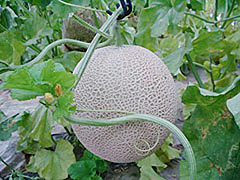
Kumihama in Tango, where fruit cultivation is thriving, will introduce you to fruit plantations in the town. Grape picking (1-hour all-you-can-eat adults 1850 yen, late August-early October), pear picking (2-hour-all-you-can-eat adults 1100 yen, early September-late October), melon picking (3750 yen, 1-ball takeaway, no all-you-can-eat problem. You can also enjoy from mid-July to mid-August).
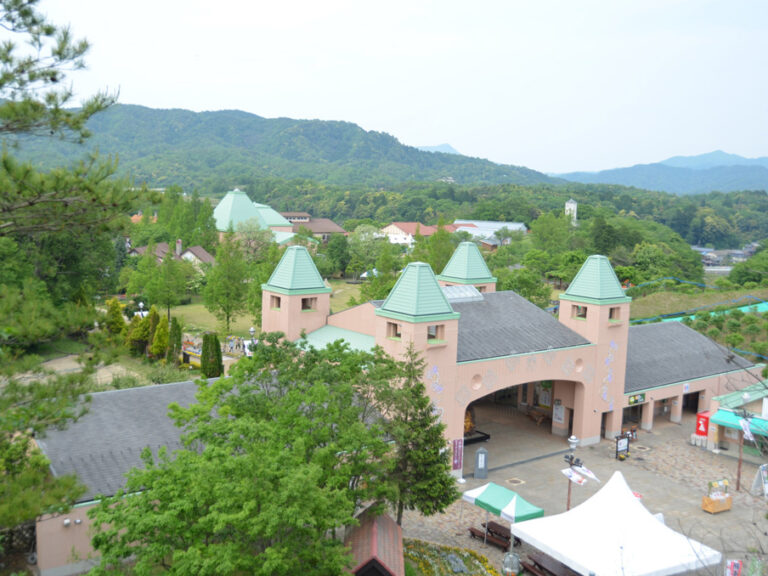
A roadside station, one of the largest in western Japan, with eateries, shops, hotels, experience plantations and activities, on a vast site of about eight Koshien ball parks. Serving dishes that make use of the ingredients are served in Tango, which is rich in seafood, mountains, and villages. Homemade products such as beer and sausages are also substantial, and there is also a hand-made experience class (complete reservation system) in the park.
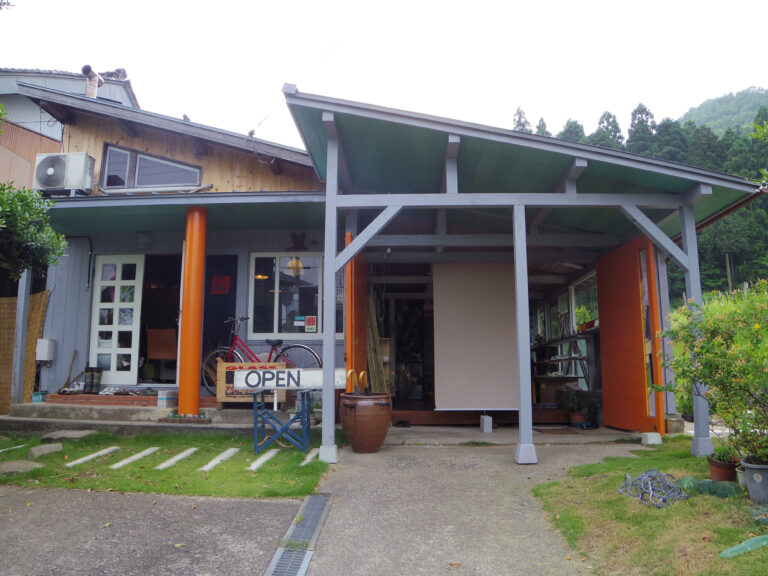
A glass workshop where stained glass writer Yoshitaka Tsunoda works with stained glass and objects. An experience class (required, from 1500 yen per person) is held to make accessories such as earrings and brooches with glass. Picture plate experience 2300 yen.
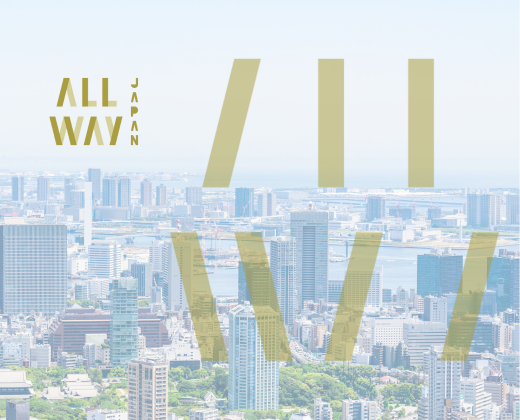
Spot where you can experience pottery and dyeing. Hand-on Pottery Experience (takes 1 hour 30 minutes. Clay 500g900 yen ~), if you specify the color of the glaze, the baked work will be sent to your home about one month later (separate shipping required). The experience of dyeing handkerchiefs, T-shirts, coasters, etc. is from 500 yen to pattern dyeing, 700 yen to soaking.

It is located in Komachi Park in Yukari Ono Komachi, and introduces the Komachi legend that has been transmitted to all parts of Japan. It displays literature and materials about Ono Komachi.
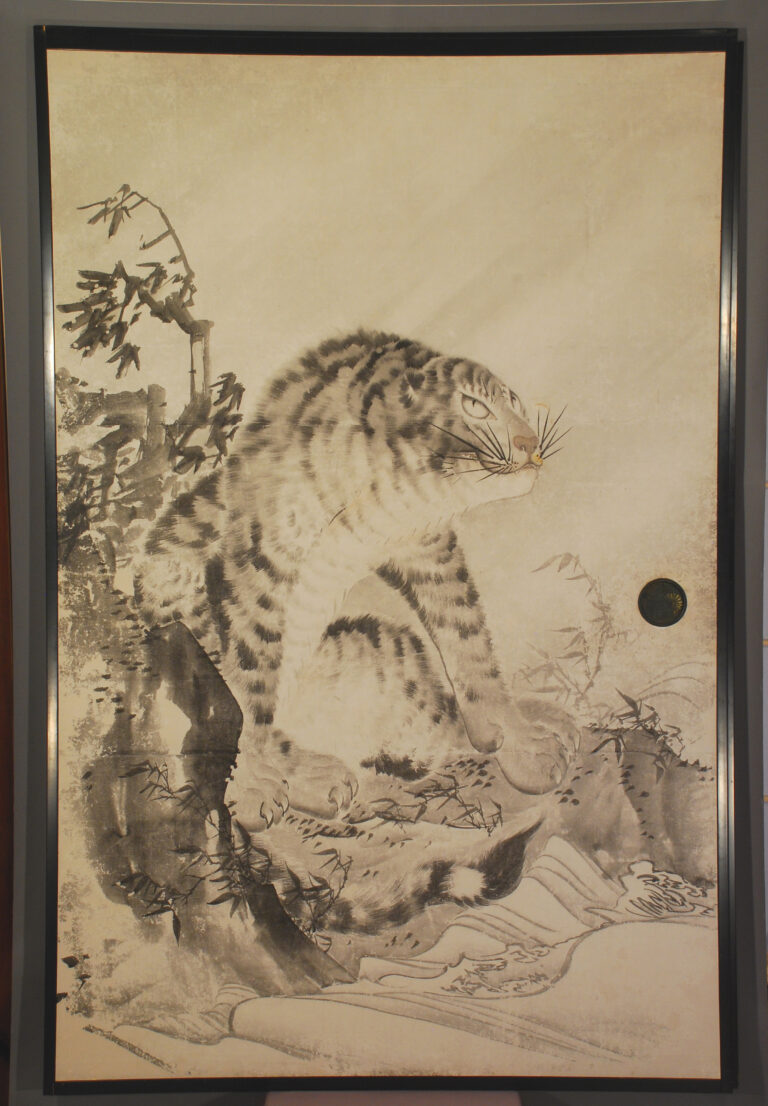
It contains 44 pages of Natsu-e by Nagazawa Roshu, a Japanese painter of the Maruyama school; and works showing its own art style, such as "Torazu" 8 and "Hanatori" 8, are left in the six rooms of the main hall.
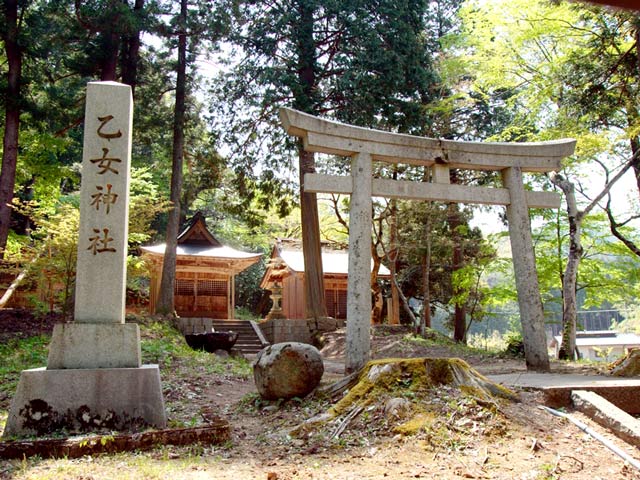
The festival god, Toyookeiokami [Toyooke no Okami], who is said to be one of the daughters of the heavenly girls featured in the Tanabata legend, is celebrated. There are two types of Hagoromo legends left here in Mineyama-cho, and one is that the heavenly woman with her Hagoromo hidden became the wife of the hunter, but she had to return to heaven and tried to make a promise that she would meet every seven days, the demon told the hunter that he would meet on July 7, so he could only meet once a year. The other is the legend that the heavenly woman who has been hidden Hagoromo becomes the daughter of an elderly couple, and the village becomes rich in sake brewing.

There are various types of baths such as saunas, bubble baths, and aroma baths, as well as a pool using hot springs, and a training gym.
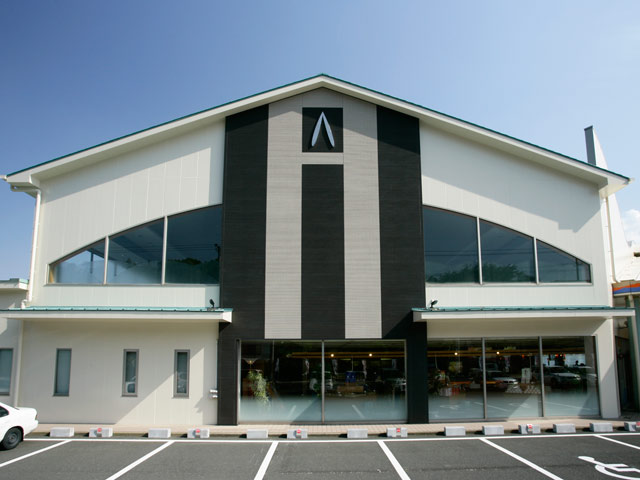
There is a rich selection of silk-patterned cheesecake with a moist and melting texture and a moderate sweetness, as well as sweets made from the ingredients of Tango, Tajima and Tamba. There is also a self-cafe in the shop where you can see the Tenbashi stand, and you can take a break with freshly made bread and sweets. The best recommendation is "Tango no Anpan" which can only be tasted here. The most popular product with anpan like a bun with plenty of bean paste and rice cakes.










